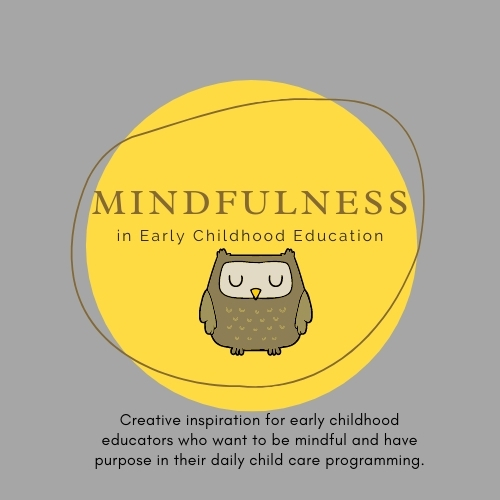WHAT DOES IT MEAN TO HAVE A DIVERSITY MINDSET IN CHILD CARE?

Having a diversity mindset in child care means actively valuing, respecting, and embracing differences among children, families, and Educators. It involves recognizing and celebrating diversity in all its forms, including race, ethnicity, culture, language, religion, ability, socio-economic status, family structure, and more. Here are some key aspects of a diversity mindset in child care: Inclusivity : Creating an inclusive environment where every child feels welcomed, accepted, and valued regardless of their background or identity. Cultural Competence : Developing cultural competence among Educators to understand, appreciate, and effectively communicate with children and families from diverse cultural backgrounds. Representation : Making sure children have access to diverse books, toys, materials, and activities that reflect their own identities and experiences, as well as those of others. Flexibility and Adaptability : Being


.jpg)
.jpg)

.jpg)
